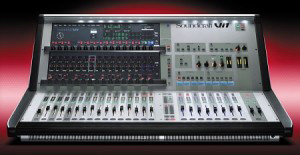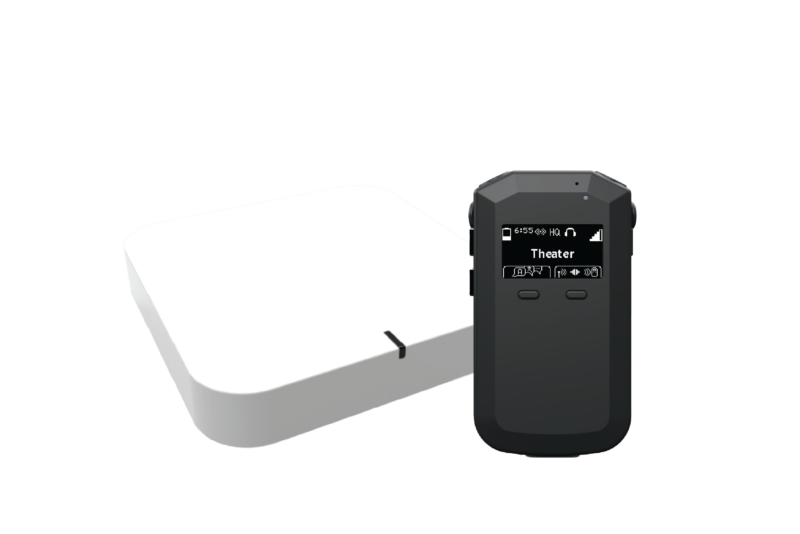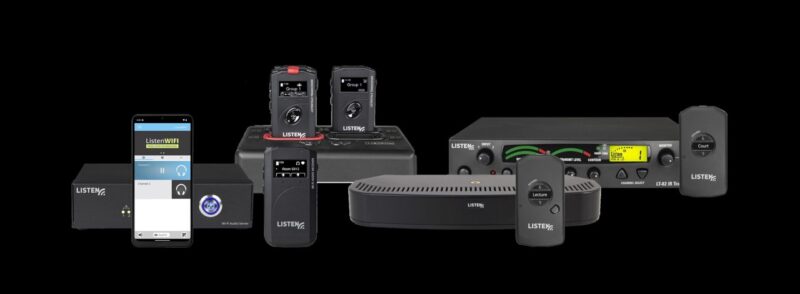InfoComm: Feeding Audio Into an Assistive-Listening System
 By Cory Schaeffer
By Cory Schaeffer
Listen Technologies
I was recently discussing assistive-listening systems with Brian Davidson, Production Director at Park Cities Baptist Church, in Dallas. He had some really great advice about feeding audio into the system, and about utilizing assistive-listening systems in houses of worship so that everyone enjoys better experiences. Here is some of what he told me:
When setting up an assistive-listening system in your venue, it is important to remember that speech is paramount. However, in many religious contexts and performing art venues, music will accompany the spoken word and is generally mixed through the sound system at a higher volume than the spoken word. In order to account for this, when setting up the assistive-listening system, it is best to take a feed from the main (L/R or Mono) output of the console and run that signal through a compressor before sending it to the assistive-listening transmitter.
“With a weekly attendance of 2,500 congregants and 50-plus assistive-listening users, I use a mono-matrix output fed from the left and right main outputs on our Soundcraft Vi1 digital console,” Brian says. “I also use the onboard compressor to compensate for the decibel fluctuation between music and the spoken word before sending the signal to the assistive listening transmitter. If you are using a console that doesn’t have matrix outputs, you can also use a mono or record output. Or, as a last resort, you can use a post fader auxiliary output with all of the individual channel’s “aux” sends set to nominal. The compressor is key!”
If you aren’t running a digital audio console, consider the purchase of a compressor as part of the overall assistive-listening purchase. “When setting the compressor, I start with a 5:1 ratio before adjusting the threshold just under the average spoken word,” he says. Then set the input volume on the assistive-listening transmitter. Further compressor adjustments may be needed, he says, but this is a good starting point.
Your final step is to take an assistive-listening receiver with headphones and listen to the end result during a live production or service. At this point, make your final compressor adjustments and set the “contour” on your ALS transmitter to optimize speech intelligibility. “It’s important to get input from those who have hearing loss and use the system,” he says. “Consider asking several users of the assistive-listening system how it sounds to them, then make adjustments as reoccurring complaints or suggestions occur.
“At Park Cities Baptist Church, we use a separate assistive-listening transmitter as a translation system for our Spanish speaking members,” Brian continues. “Setup of the system for this situation is simple. Plug any microphone into the XLR or 1/4-inch input in the back of the Listen Technologies transmitter. Speak into the microphone at a normal level while setting the input volume on the LT-800 transmitter. A compressor is not necessary in this situation since the assistive listening system will only be handling the spoken word from a single person.”
One last consideration for your venue: Promote the fact that the assistive-listening system is available and how people can pick up a receiver. Promotion can be done via the website, programs, and newsletters, as well as in-venue digital signage.
Good advice.
This column was reprinted with permission from InfoComm International and originally appeared here.





